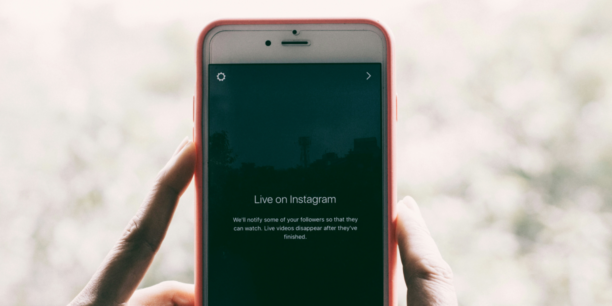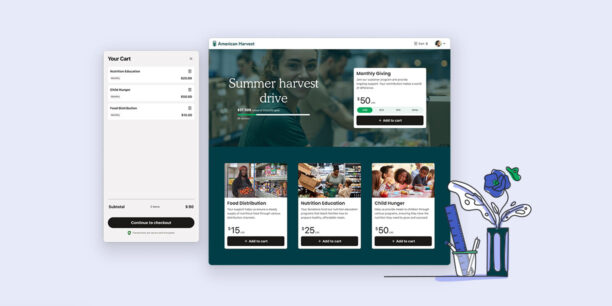How to Use Impact Levels to Drive Donations
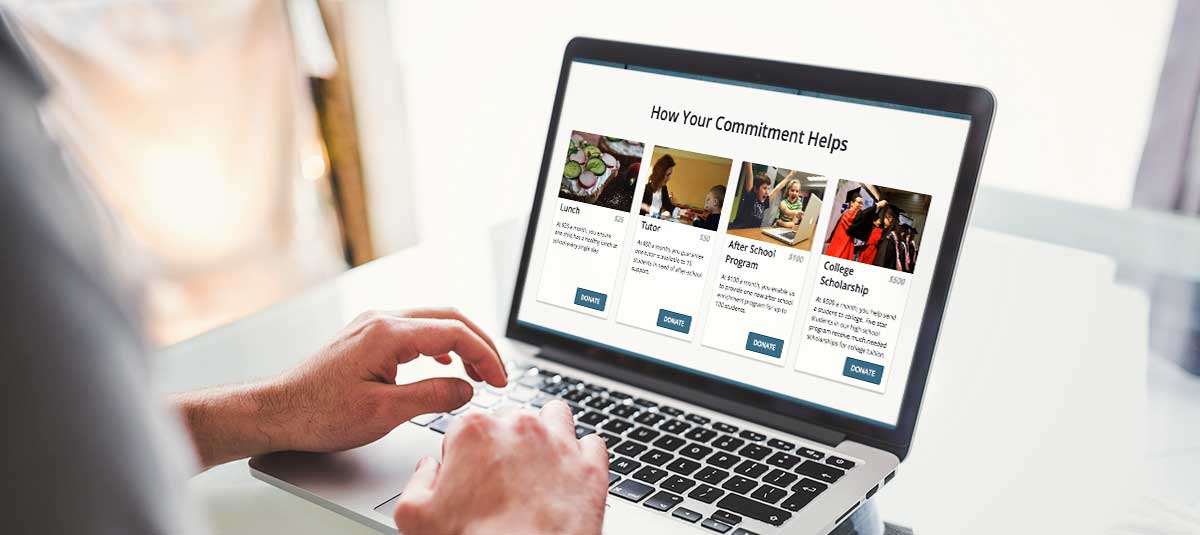
Donors want to know how their contribution affects your mission. Because of this expectation, organizations cannot sacrifice their story at any point in an individual’s journey to become a supporter.
You can use impact levels to carry your story through the entire donation experience—from the campaign page to the donation page—which in turn helps drive donations.
These assets describe how a specific donation amount relates to one of your organization’s outcomes. They connect donors to impact and reaffirm that you’re doing what you need to get closer to your goal. Impact levels demonstrate that every donation counts and help donors overcome the four barriers that keep donors from giving:
- Fear of regret – the donor asks if they made the right decision.
- The bystander effect – the donor assumes they don’t need to act because someone else will.
- Efficacy – the donor questions whether their donation will even make a difference to the cause.
- The paradox of choice – the donor doesn’t know how to choose a donation amount.
How Impact Levels Address All the Barriers
The key to overcoming all these barriers boils down to trust, transparency, and impact.
- Trust: Your impact levels should instantly prove that a supporter’s donation is used wisely and on an outcome that directly impacts your campaign’s purpose.
- Transparency: Impact levels should provide transparency into how a donation will be used. These need to be honest representations of a donation’s value to your campaign’s purpose or to your organization’s overall mission and long-term impact goals.
- Impact: Impact levels related to your organization’s outcomes. An outcome is a bite-sized result of the work you do. All those bite-sized results, the short-term and medium-term outcomes of your activities, culminate in long-term impact for your mission.
To map out the right outcomes, social entrepreneurship professors from the University of Pennsylvania recommend building a logic model. This is a standard tool used by all sorts of organizations to measure effectiveness and keep programs on track towards goals.

Now that we have the methodology down, let’s look at how some organizations connect donor dollars to impact to drive donations. In this case, these organizations use Classy’s Impact Level feature that comes standard in the new Fundraising Suite.
TEAM RUBICON
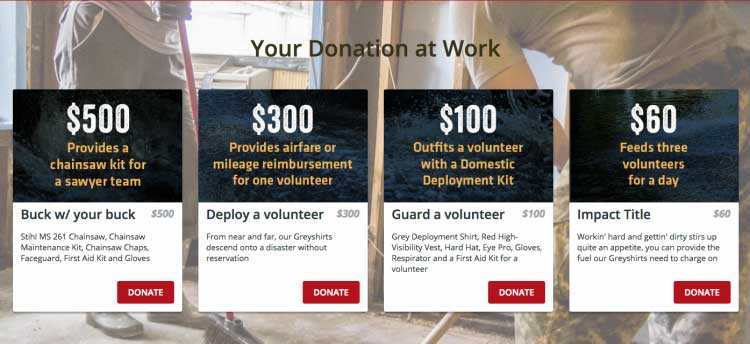
MORE THAN ME
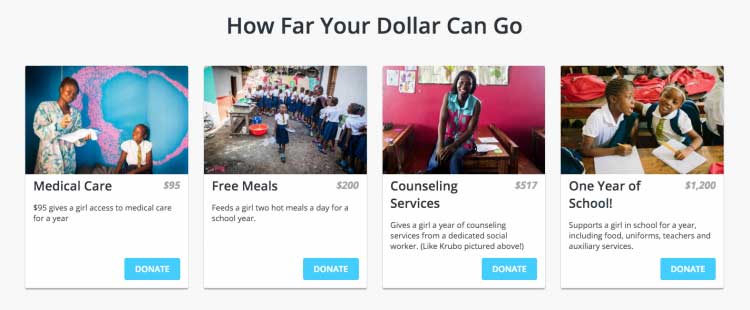
BLUE ENGINE
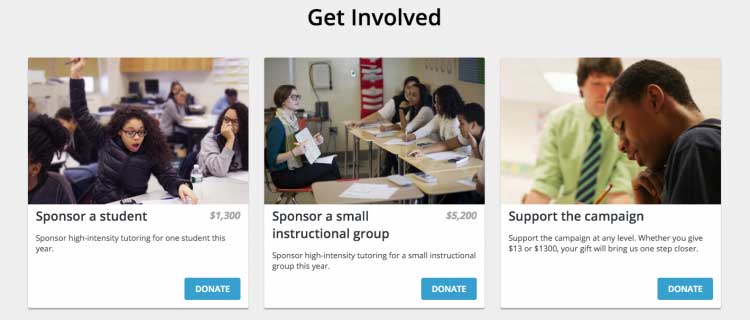
GREEN DOT PUBLIC SCHOOLS
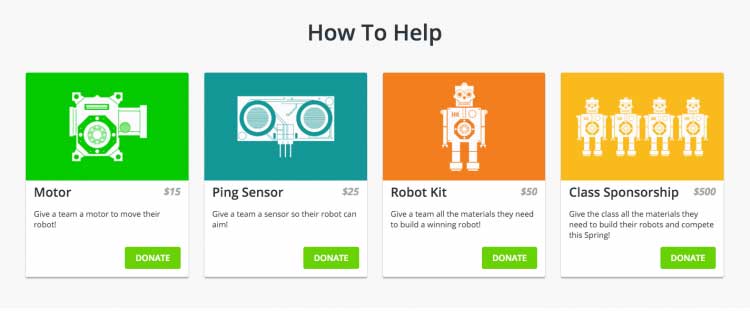
SELAMTA MONTHLY GIVING PROGRAM

Use whatever imagery works best for your organization. In some cases, illustrations work well, in other you may want to feature real-life images. Whatever you decide on, make sure impact levels are descriptive, outcome-driven, and tie into your campaign’s overarching story.
Note that you can also apply these same philosophies to peer-to-peer campaigns and fundraising levels.
Subscribe to the Classy Blog
Get the latest fundraising tips, trends, and ideas in your inbox.
Thank you for subscribing
You signed up for emails from Classy
Request a demo
Learn how top nonprofits use Classy to power their fundraising.

